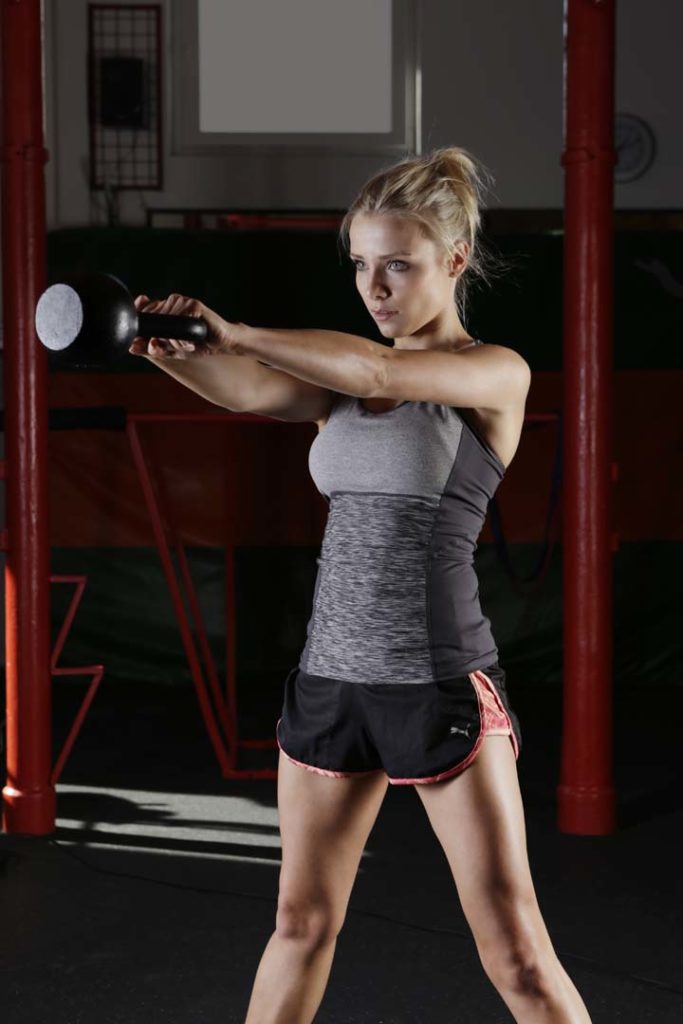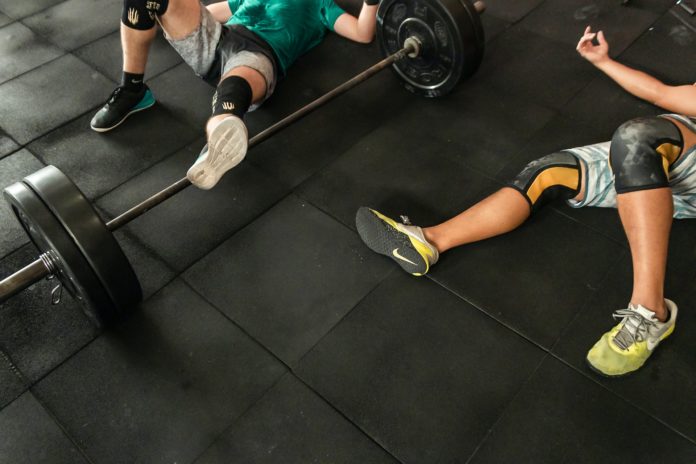Avoiding injuries during a workout is almost an art. How to grip, the type of equipment to use, dumbbells vs. straight bar makes a difference. Good form plays a big role.

Good, slow form can be boring and too stressful to the system so you will learn how to use good form and good pace. There are certain muscles that activate other muscles and make them grow at a tremendously faster pace.
I learned the F.I.T. ™ Fitness Program through trial and error. I started the health, fitness and longevity journey 54 years ago and made every mistake possible. Through the F.I.T.™ Fitness Program I developed with the Healthy for You company, we will make sure you avoid those pitfalls. I sustained injury and pain and learned from it so you would not have to.
18 Rules for working out
- Perform one set of 4 exercises for each body part, for 3sets.
- Select a weight resistance on each exercise that allows you to do repetitions easily for a total of one minute without stopping. Repetitions must be smooth, with correct steady form, through the full range of motion. If repetitions cannot be performed properly, the resistance (weight) is too heavy.
- Allow your breathing to control your repetitions.
- Replace straight bars with dumbbells or EZ bars whenever possible.
- Continue each exercise until you reach the one-minute timeline then switch to the next exercise.
- Increasing weight is nowhere near as important as perfect form, correct breathing, and muscle concentration.
- Make certain that the only part of the body performing the exercise is the part chosen for that particular exercise without “cheating” movements or creating neck, shoulder, and back stress.
- Position your body in a straight, aligned manner and maintain that position throughout. Avoid twisting or shifting your weight during the movement or making fast jerking movements.
- Maintain a loose, comfortable grip. Never squeeze the handgrips tightly as these results in shift of concentration, incorrect form, cramping and elevated blood pressure.
- For overall growth stimulation and to get the best results out of the workouts, select exercises that isolate and work the largest muscle groups first, then each day proceed on working on the smaller muscle groups. Example: Day 1: back, Day 2: shoulders, Day 3: hips and thighs, Day 4: chest, Day 5: biceps, Day 6: triceps, etc.

- Accentuate the lowering portion of each repetition as well as the release portion of the exercise without springing off the repetition or slamming down on the body part. Lift resistance or perform positive work at the same speed as when you lower the resistance or perform negative work slowly and smoothly.
- Use as much of your range of motion as possible on each exercise to develop full – range strength and flexibility. Concentrate on flexibility before each workout.
- Breathe correctly. Do not to hold your breath while training. Breathe in through your nose and out through your mouth. If you feel more comfortable also breathing out through the nose do so, but always breathe in through the nose.
- Move slower, never faster, if in doubt about speed of a movement. Allow your breathing to dictate your pace in each set.
- Don’t ever sacrifice form for speed. Go from one exercise to the next without any loss of time.
- Follow the routine as instructed in your video or instruction book unless it is too high impact, or it requires for you to do unorthodox, complicated moves.
- Finish your entire workout in 15 minutes unless you have successfully increased your PDR™.
- Rest a minimum of 24 hours and not more than 48 hours between successive workouts.
- Keep accurate records-date, resistance, weight used, and overall training time-for each workout.
- Always vary the workouts.
- Make sure you read this and follow it.
©Copyright – Hector Sectzer

















